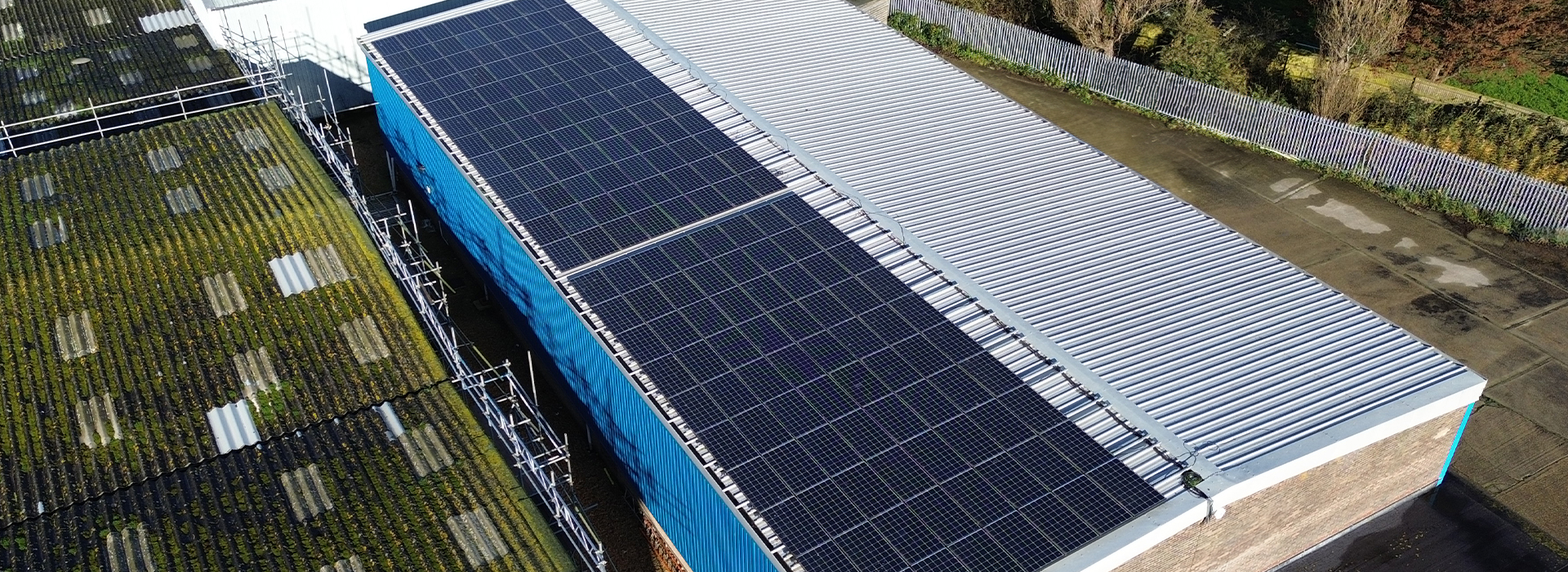Working at height is a common occurrence in many industries, including construction, maintenance, and repair. However, working at height poses serious risks to workers, and as such, it is important to ensure that safety line systems are in place to minimise the risk of falls. Safety line systems are fall protection systems designed to protect workers from falls while working at height. These systems include anchor devices, personal protective equipment (PPE), harnesses, and safety equipment, among others.
The importance of testing and inspecting safety line systems cannot be overstated. It is essential to ensure that safety line systems are functioning correctly, are in good condition, and meet safety standards. In this blog, we will discuss the importance of testing and inspecting safety line systems used for working at height, the different types of fall protection systems within the regulations BS EN 795:2012, PD CEN/TS 16415:2013, and BS 7883:2019, and how the tests are conducted in line with them.
The Different Types of Fall Protection Systems
There are various types of fall protection systems, each designed to meet specific needs and requirements. Some of the most common types of fall protection systems are:
Fall Arrest Systems
Fall arrest systems are designed to protect workers from falling when working at height. These systems consist of an anchor point, a full-body harness, and a shock-absorbing lanyard. If a worker falls, the lanyard absorbs the shock and prevents the worker from hitting the ground.
Restraint Systems
Restraint systems prevent workers from reaching areas where they could fall. These systems consist of an anchor point, a lanyard, and a harness. The lanyard is attached to the harness and prevents the worker from moving into areas where they could fall.
Work Positioning Systems
Work positioning systems are designed to allow workers to work safely in areas where they could fall. These systems consist of an anchor point, a harness, and a lanyard. The lanyard is attached to the harness, allowing the worker to work in a particular position safely.
Rope Access Systems
Rope access systems are used when working at height is necessary, and other fall protection systems are not suitable. These systems consist of a rope, a harness, and anchor points. The worker uses the rope to climb up or down a structure, and the harness prevents the worker from falling.
Tests and Inspections
BS EN 795:2012, PD CEN/TS 16415:2013, and BS 7883:2019 are the standards that must be followed to ensure that safety line systems are effective in minimising the risk of falls when working at height. These regulations require that safety line systems be inspected and tested regularly to ensure that they are in good working condition and meet safety standards.
Testing and inspection of safety line systems involve several steps. The first step is a risk assessment that identifies potential hazards and determines the type of safety line system required. Once the safety line system has been installed, it must be inspected before use to ensure that it is correctly installed and functioning correctly.
Regular inspections are then required to ensure that the safety line system remains in good working condition. These inspections should be carried out by a competent person and involve a visual inspection of the equipment, checking for wear and damage. It is also essential to inspect the anchor points to ensure that they are still secure and capable of supporting the load.
Testing of safety line systems involves applying a load to the system to ensure that it can support the required weight. The load test is carried out to ensure that the safety line system meets the relevant safety standards and can support the weight of a falling worker.
Conclusion
In conclusion, testing and inspecting safety line systems is Another important aspect of safety line systems is their inspection and maintenance. Regular inspection and maintenance of safety line systems are crucial to ensure that the system is safe to use and to identify any defects or issues that need to be addressed.
The regulations provide guidance on the inspection and maintenance of safety line systems. BS EN 795:2012 specifies that safety line systems should be inspected and maintained by a competent person at least once a year. PD CEN/TS 16415:2013 recommends that inspections should be carried out before and after use and that any defects should be immediately rectified.
BS 7883:2019 also provides guidance on the inspection and maintenance of safety line systems. The standard recommends that safety line systems should be inspected and tested at least every 12 months by a competent person. The inspection should include a visual inspection of the system and any anchor devices, as well as a functional test of the system.
Regular testing and inspection of safety line systems are essential to ensure that they are fit for purpose and safe to use. It is important to identify any defects or issues early on so that they can be addressed before they become a safety hazard. In addition, regular testing and inspection can help to prolong the lifespan of safety line systems and prevent the need for costly repairs or replacements.
In conclusion, safety line systems play a crucial role in protecting workers who are working at height. It is important to ensure that safety line systems are designed, installed, and maintained in accordance with the relevant safety regulations and standards, including BS EN 795:2012, PD CEN/TS 16415:2013, and BS 7883:2019. Different types of fall protection systems can be used to protect workers, including anchor devices, personal protective equipment (PPE), and harnesses. Regular testing and inspection are essential to ensure that safety line systems are safe to use and to identify any defects or issues that need to be addressed. By following the guidelines and best practices outlined in the regulations and standards, employers can help to ensure the safety and well-being of their workers who are working at height.
View our Horizontal Safety Lines: https://premsafe.com/landing-pages/guard-rail-and-handrail-systems/



